How to control the temperature of mashing?
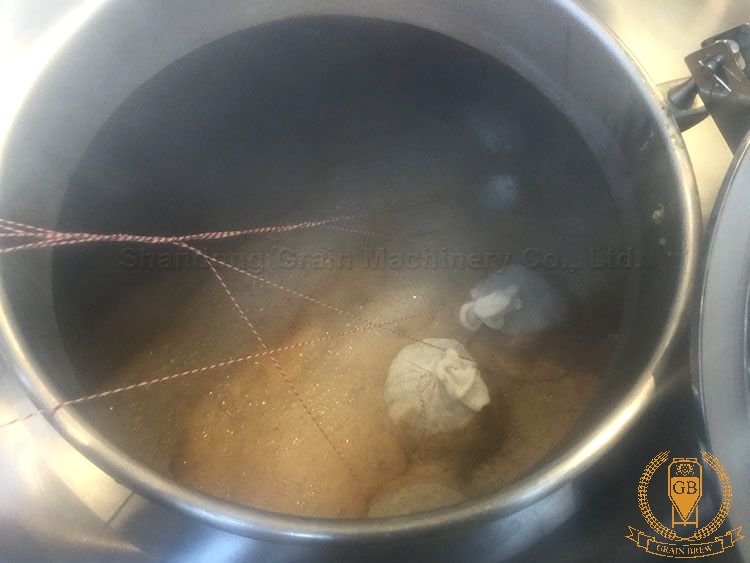
In theory, mashing can be fed in a wide range, but in actual production, in order to make the enzymes fully function, and considering other factors,
there are mainly two feed temperatures, lower temperatures 35-37 °C and a higher temperature of 50 °C.
If the malt is insufficiently dissolved, the temperature of the mashing feed should be selected at 35-37 ° C,
which is beneficial to the infusion of various enzymes and prolongs the action time of the enzyme. Β-glucanase, protein-degrading enzyme, α-amylase and β-amylase start to dissolve at 35 ° C.
Once the optimal temperature is reached, these enzymes will work immediately, and it is easy to obtain more fermentable sugar, which in turn increases the final fermentation.
If the malt is well dissolved, the enzyme content is high, and the mashing feed temperature can be selected at 50 ° C, which greatly shortens the mashing time while ensuring the mashing effect.
When a strong mashing method such as three mashing methods is used, the feeding temperature should be lower because the tempering is carried out after the tempering at each temperature
stage (50 ° C, 62 ° C, 72 ° C), and the high temperature feeding cannot complete the operation. The leaching saccharification method is generally also a low-temperature feed,
because the infusion mashing method does not have a cooking process, and in order to maximize the potential of the enzyme,
it should be infused beforehand and stopped at the optimum temperature range for various enzymes.
Edited by Cody
[email protected]





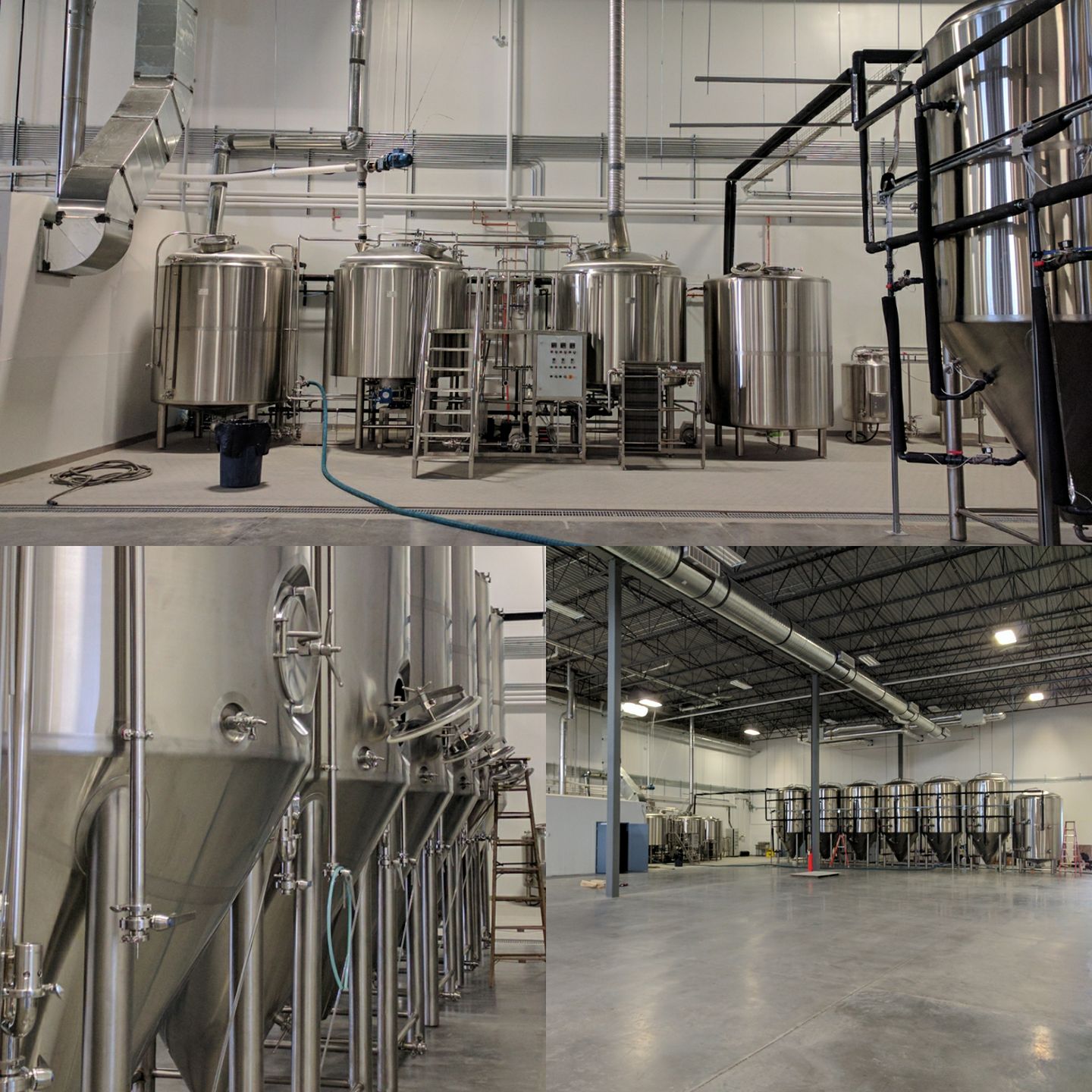
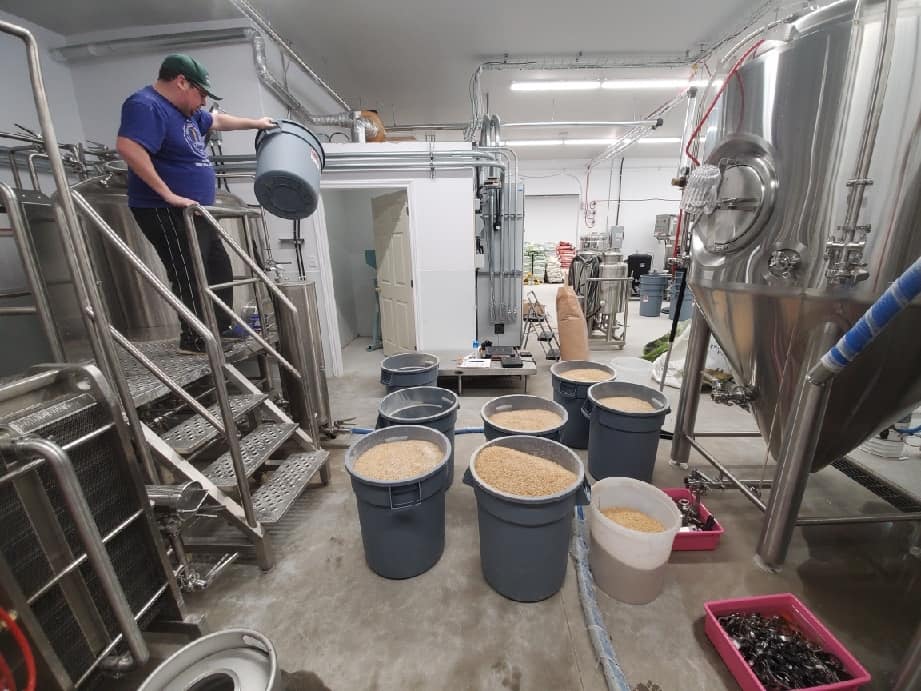
.jpg)
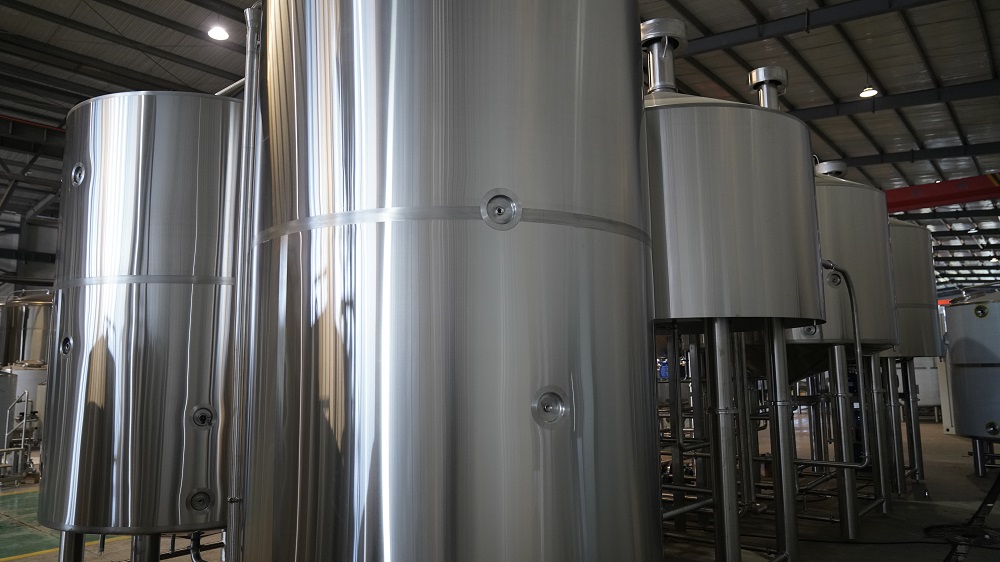
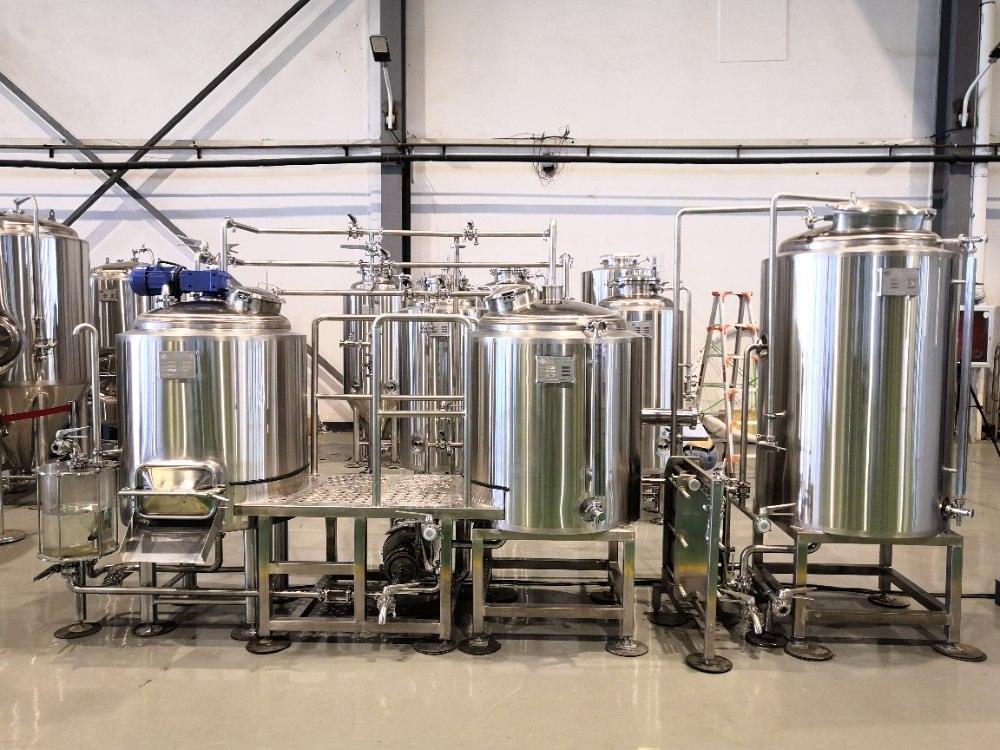
Get A Quote